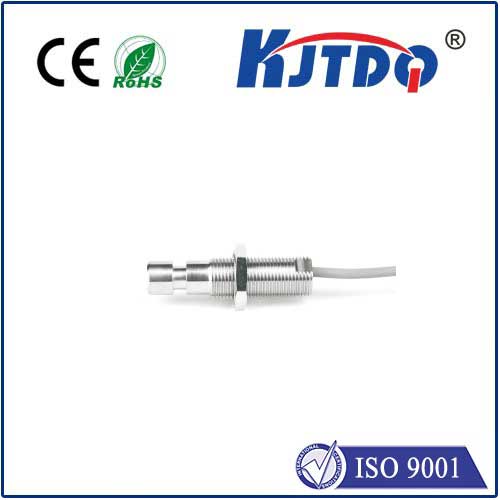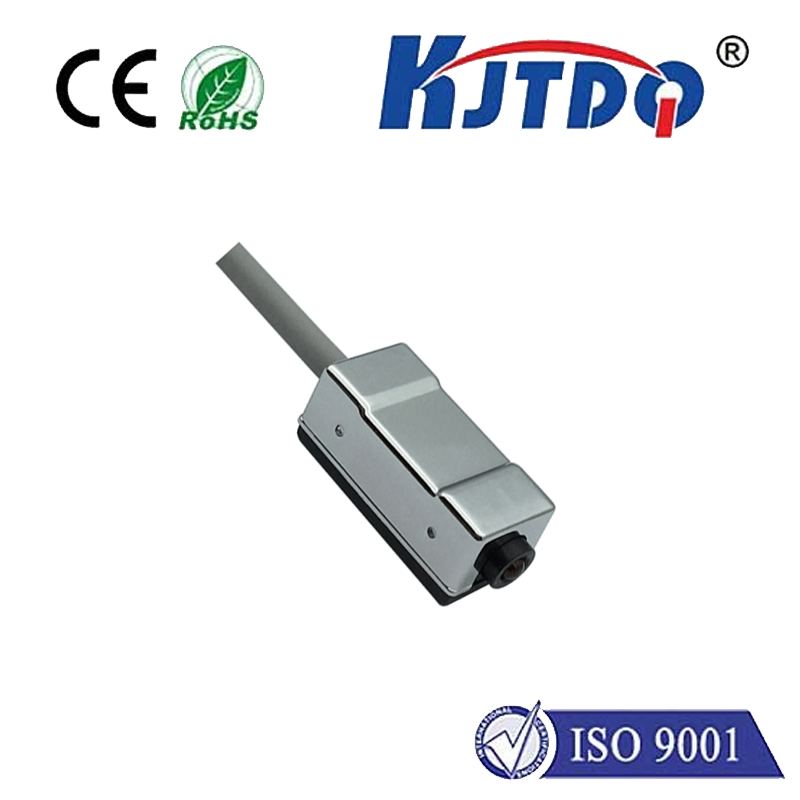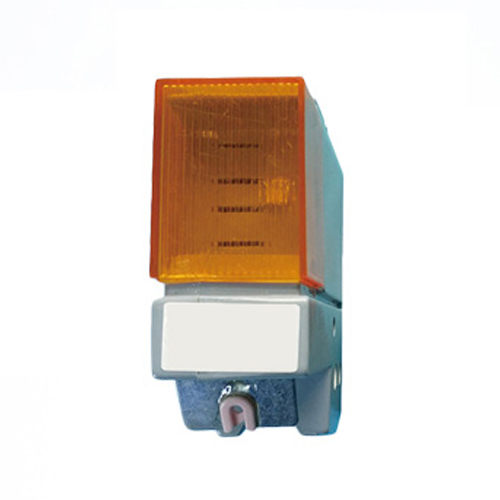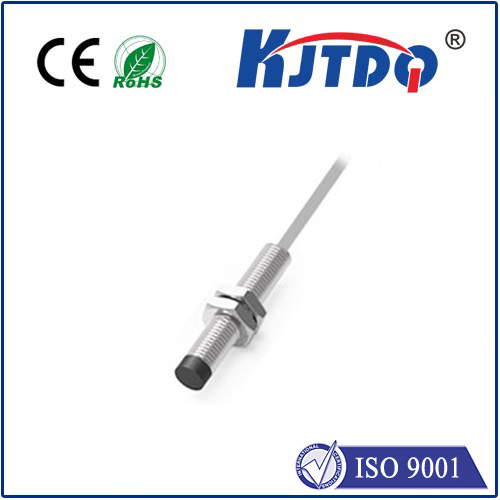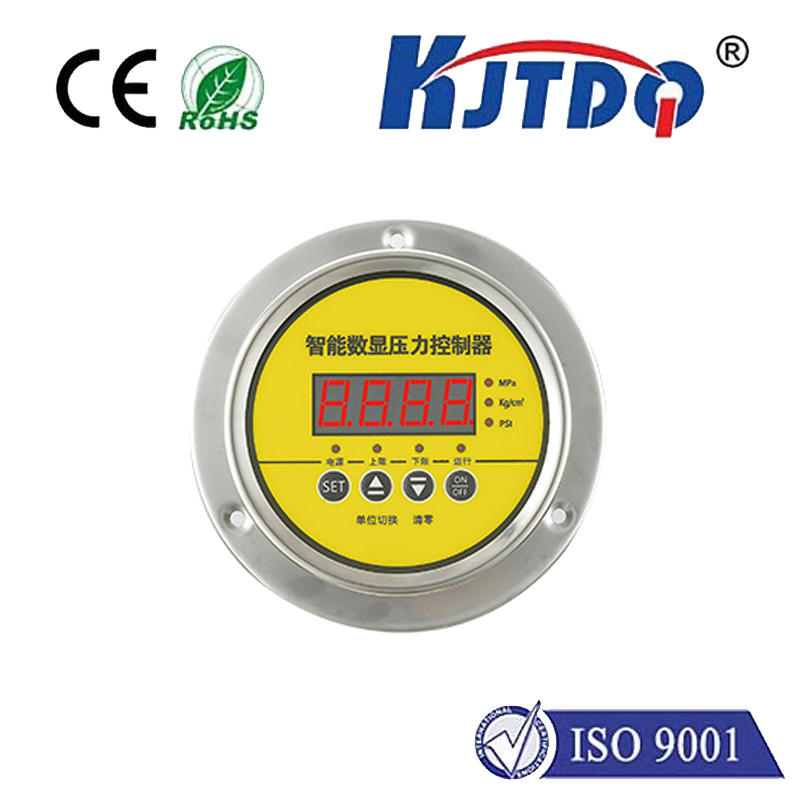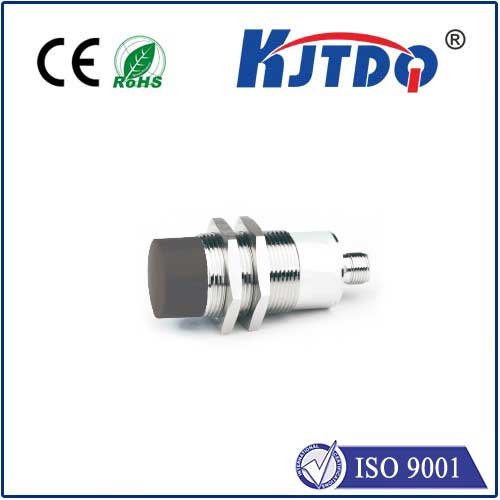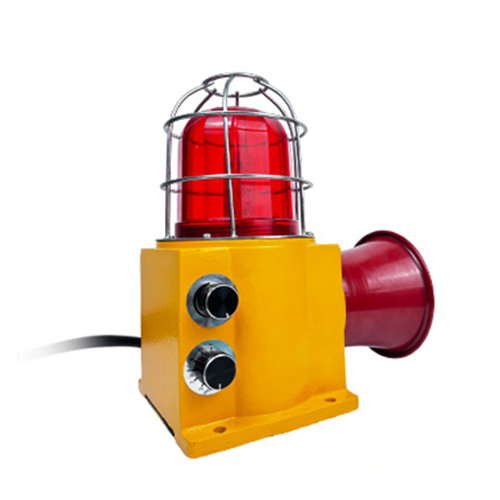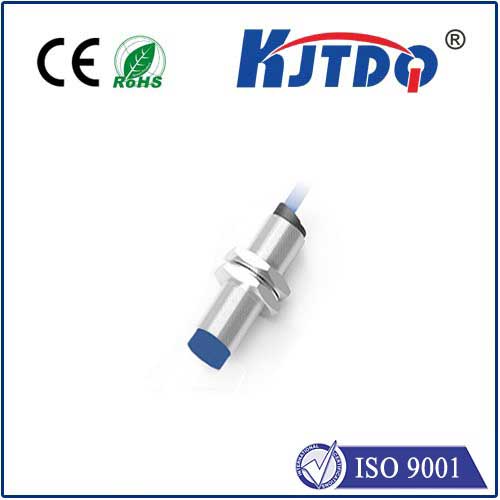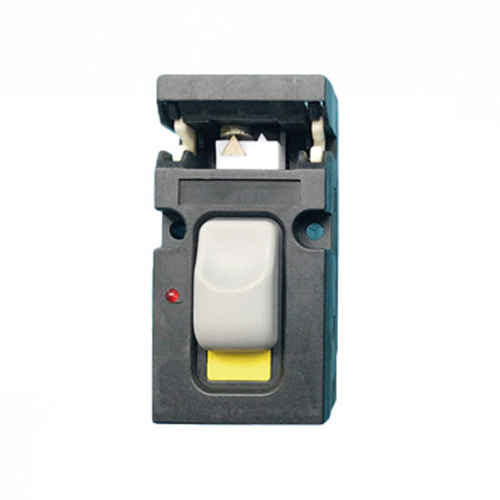

check

check

check

check

check

check

check

check

check

check
Have you ever walked towards an automatic sliding door and marveled as it effortlessly glided open, almost anticipating your arrival? Or used a smartphone that intelligently dims its screen when held to your ear? This unseen magic, this silent interaction between the physical world and automated systems, is often orchestrated by a workhorse of modern technology: the proximity sensor, commonly abbreviated as the prox sensor. These unassuming devices are fundamental building blocks, enabling countless applications where non-contact detection is crucial, from high-precision manufacturing to everyday conveniences.
At its core, a proximity sensor is an electronic device designed to detect the presence or absence of an object within its sensing range without physical contact. This seemingly simple capability unlocks immense potential. Unlike mechanical switches that require direct touch, prox sensors operate reliably in harsh environments filled with dust, oil, moisture, or extreme temperatures, where physical contact would lead to wear, failure, or contamination. Their core strength lies in their ability to sense objects inductively, capacitively, optically, or through ultrasonic means.
The most prevalent type in industrial settings is the inductive proximity sensor. These sensors excel at detecting metallic objects, primarily ferrous metals like steel or iron. Here’s how they work: an internal oscillator generates a high-frequency electromagnetic field emanating from the sensor’s face. When a metal object enters this field, it induces small circulating electrical currents (eddy currents) within the metal. These eddy currents draw energy from the sensor’s oscillator circuit, causing its amplitude to decrease. The sensor’s electronics detect this amplitude drop, triggering a solid-state switch (usually PNP or NPN) to change state, signalling the object’s presence. Their robustness, high switching speeds, and immunity to surface conditions make them indispensable for tasks like position sensing on conveyor belts, object counting in assembly lines, or end-of-travel detection in machinery.

For non-metallic objects—liquids, plastics, wood, glass, or even granular materials—capacitive proximity sensors step in. Operating on a different principle, they function similarly to a capacitor. The sensor’s active face and the target object act as two electrodes. As the target approaches, it alters the sensor’s electrostatic field and thus its capacitance. This capacitance change is monitored by an internal circuit, which triggers an output switch when a preset threshold is crossed. This versatility makes capacitive sensors ideal for level detection in tanks (liquid or solid), monitoring presence of packaging materials, or detecting filled containers on a production line.
Beyond these common types, other prox sensor variants cater to specific needs. Optical proximity sensors use infrared light beams (either through-beam or reflective types) to detect objects based on light interruption or reflection. Ultrasonic proximity sensors emit high-frequency sound waves and measure the time for an echo to return, calculating distance and detecting presence reliably, even on irregular surfaces or in the presence of dust and steam.
The widespread adoption of proximity sensors across industries is driven by compelling advantages:
Where exactly do these powerful little devices make their impact? The applications are virtually limitless:
Selecting the right prox sensor requires careful consideration. Key factors include the target material (metal or non-metal?), required sensing distance, environmental conditions (temperature, chemicals, potential for collision), electrical output requirements, physical size constraints, and connection type (cable or connector). Understanding the nuances between inductive, capacitive, and other sensing technologies is paramount for optimal performance and reliability in the intended application.
Advancements continue to push the boundaries. Smart proximity sensors with integrated IO-Link communication offer diagnostic data like temperature monitoring, operating hours, signal strength, and switch point drift, enabling predictive maintenance strategies. Miniaturization allows embedding sensors into ever-smaller spaces, while enhanced sensing algorithms improve immunity to electromagnetic interference (EMI) and the ability to differentiate between targets and background objects. Analog output sensors provide continuous distance measurement, opening doors for even more sophisticated position control applications.
From the intricate dance of a robotic assembly line to the mundane magic of an automatic hand dryer, proximity sensors are the silent sentinels enabling seamless, reliable interaction between machines and the physical environment. Their ability to provide robust, non-contact detection underpins modern automation, driving efficiency, safety, and innovation across countless sectors. Understanding their principles and capabilities is essential for engineers and technicians designing and maintaining the automated systems that define our world. The evolution of smarter, smaller, and more connected prox sensors promises to further unlock potential in the era of Industry 4.0 and beyond.
